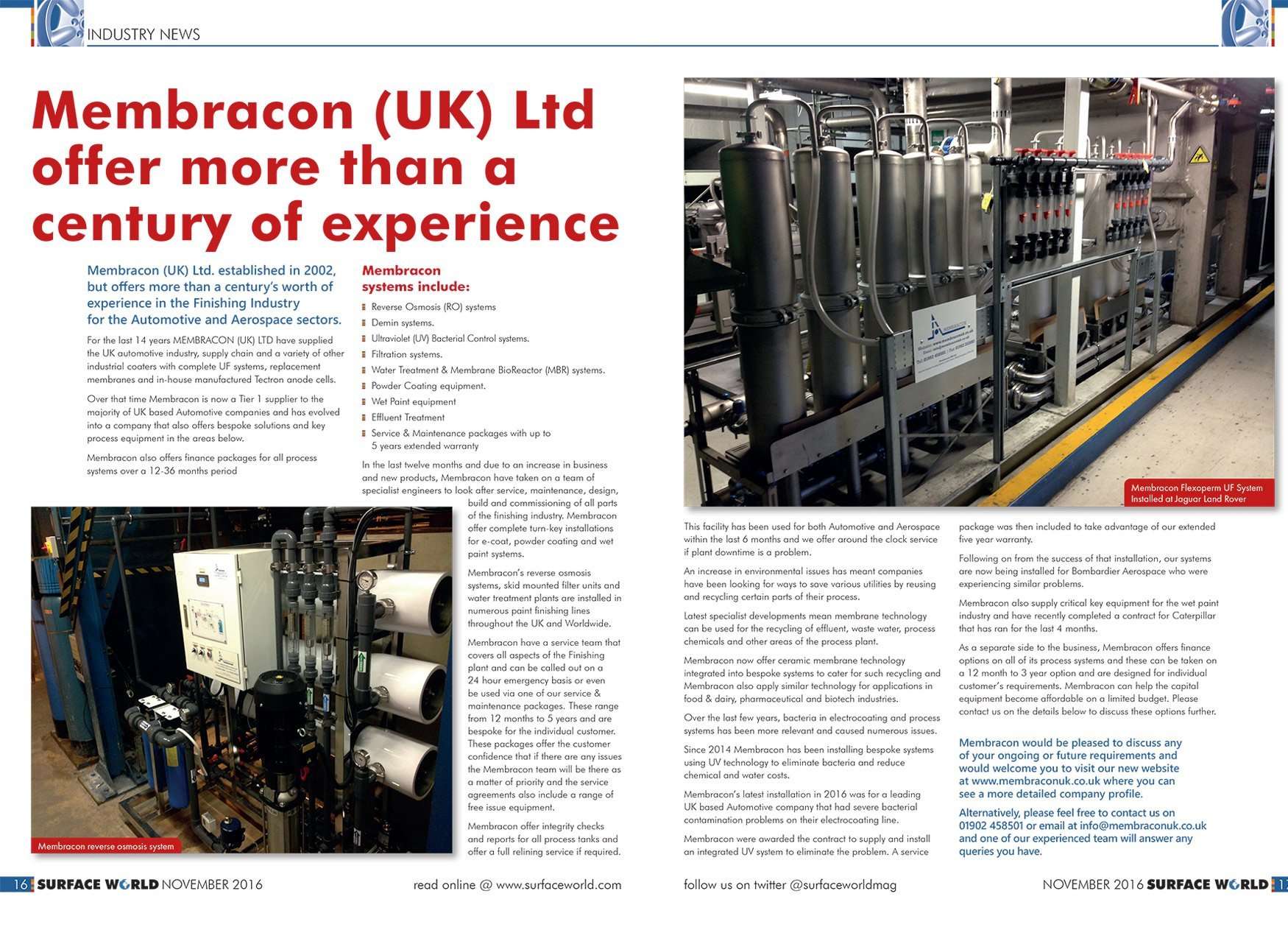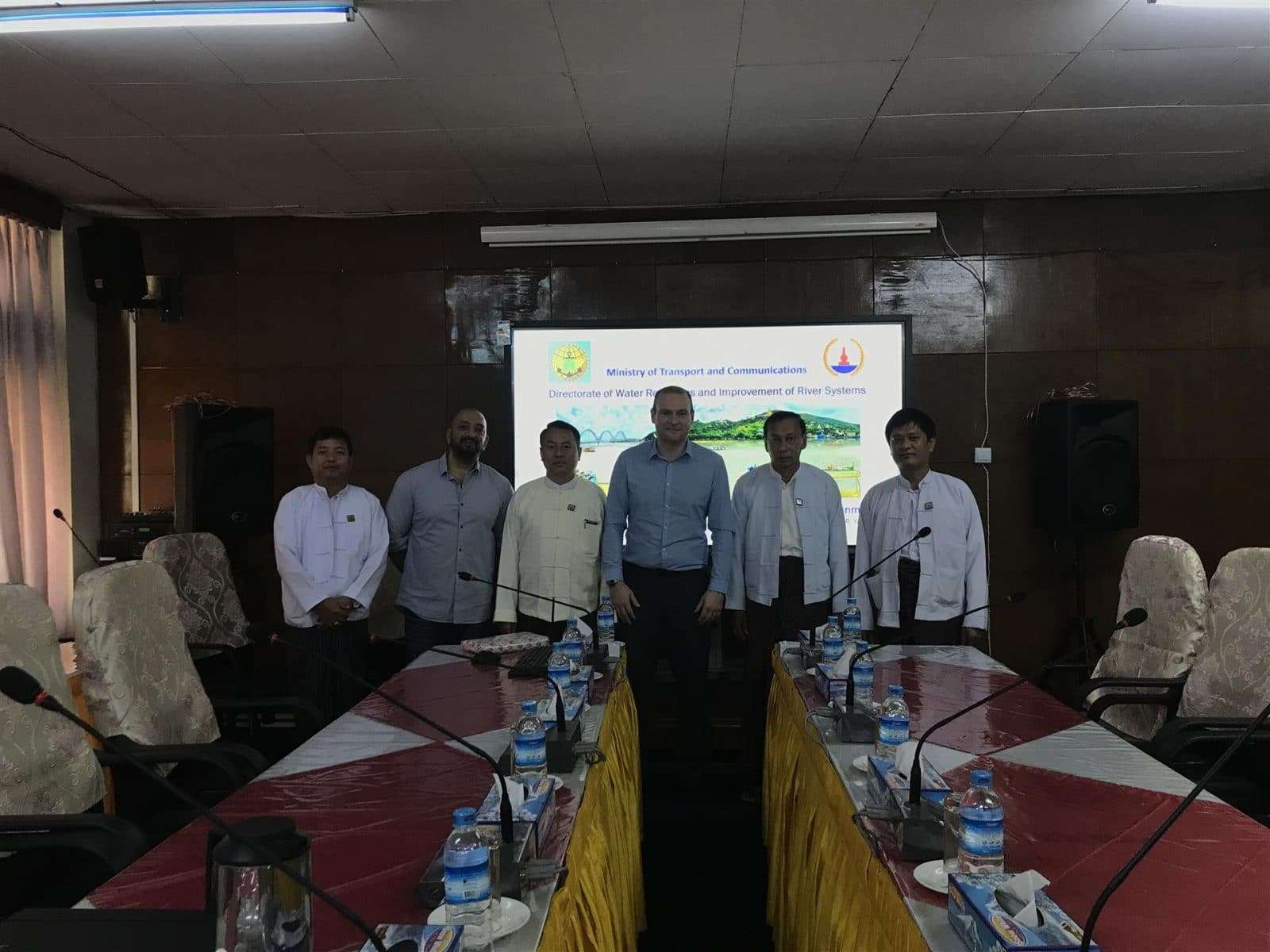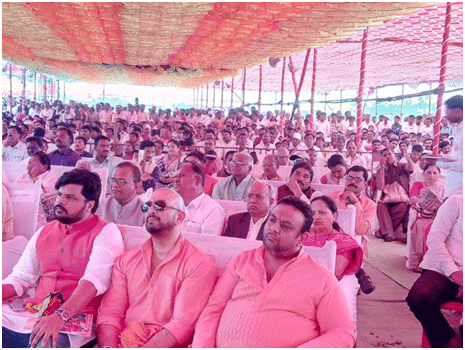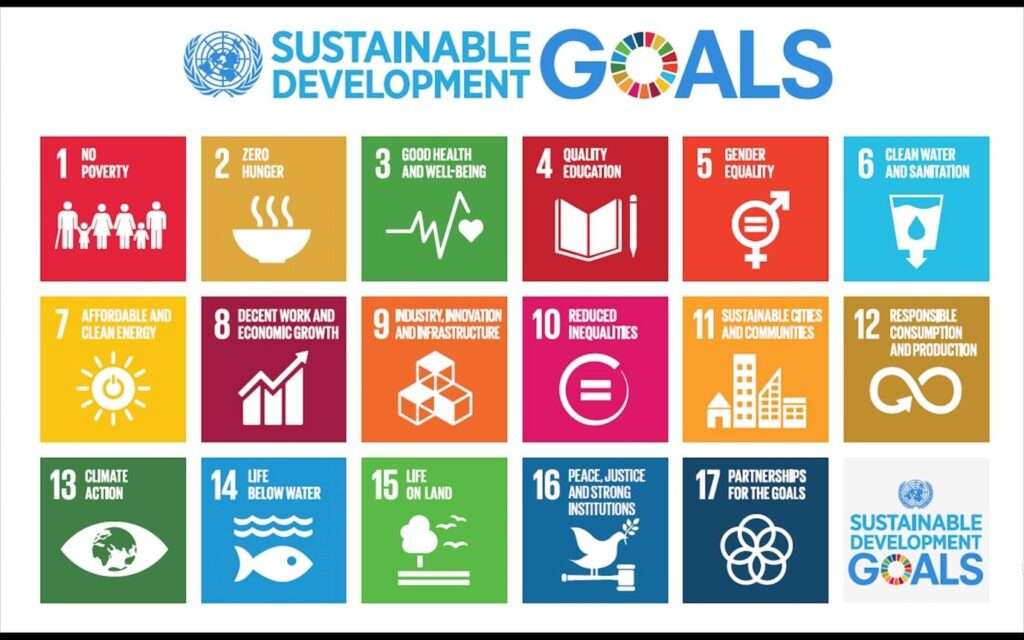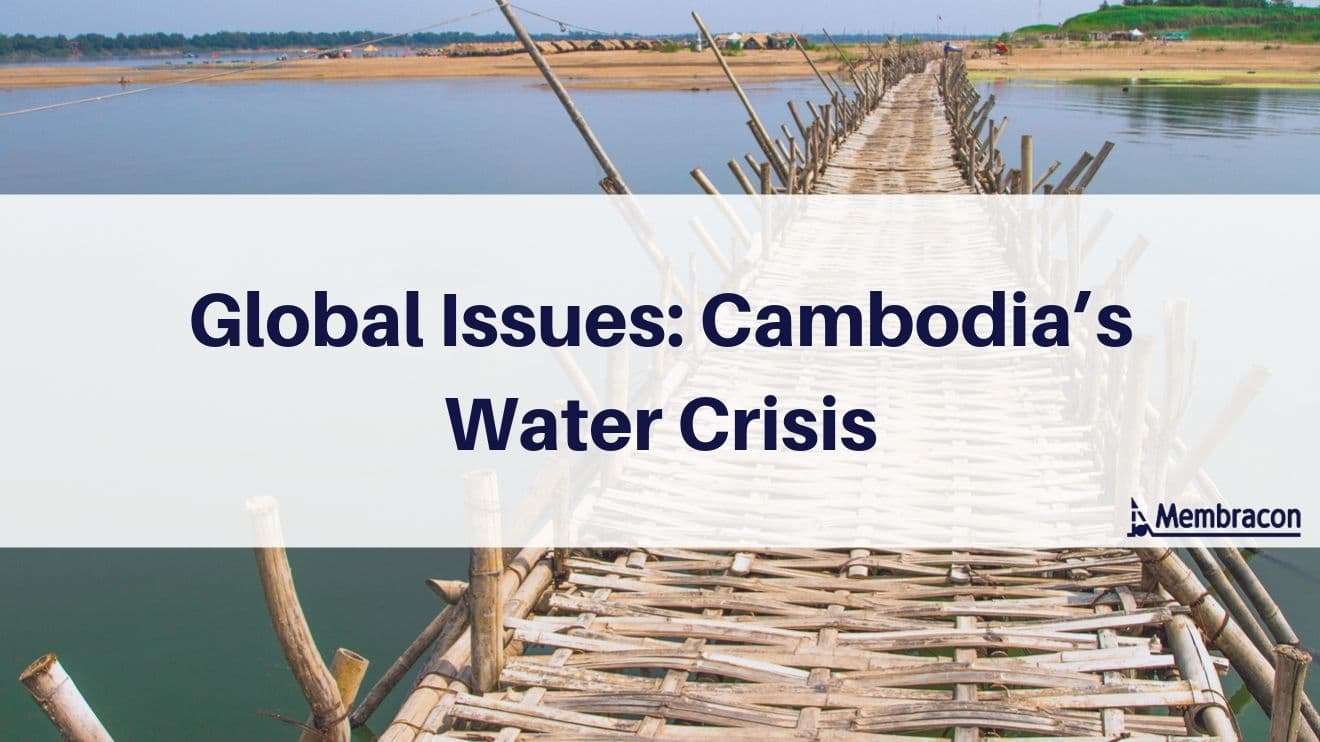
Global Issues: Cambodia’s Water Crisis
As mentioned in our recent blog, there’s a vast amount of countries experiencing water issues in regards to water scarcity and a lack of wastewater treatment. As a result, the consequences are dire, placing a detrimental impact on human survival.
One country in particular that’s suffering from water related issues is Cambodia. Cambodia is a country located on the Indochina peninsula, where it is bordered by Thailand, Laos and Vietnam.
In this case study we take a deeper look into the background of Cambodia to demonstrate the reason for such interest in the country itself. This will then lead on to review the progress Membracon has made on their first visit.
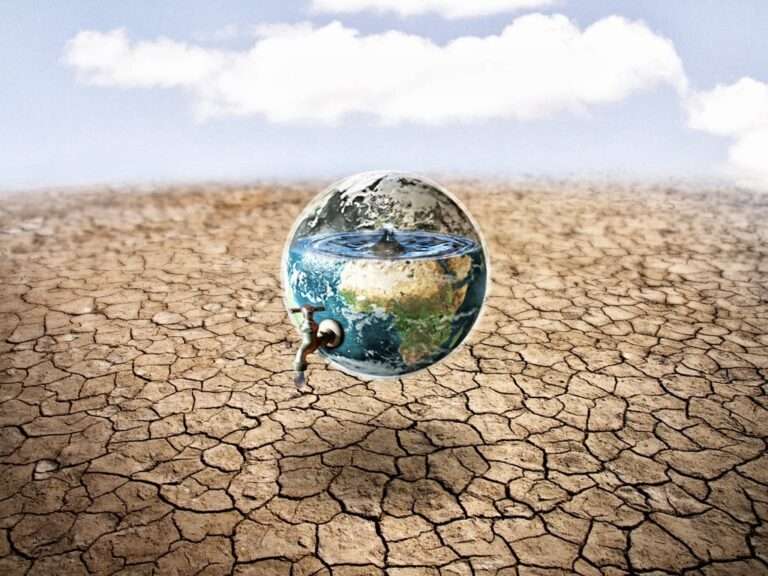
Cambodia Country Background
Cambodia is a culturally rich country, with historical links in connection to both Buddhist and Hindu religions. There remains a multitude of Pagodas and Mandirs (religious temples) that span over thousands of years.
Having gone through the horrible genocide of the Khmer Rouge in the 1970’s, Cambodia has recovered greatly from the devastation, having bounced back in moral and spirit.

In turn, the growth of Cambodia has been massive over the last two decades; the UN having granted Cambodia as a lower-middle income classification country in 2015 is testament to the growth seen in their most recent stability.
However, with a low urbanisation rate of 21%, Cambodia still has a mass majority of its population living in rural locations. In turn this means that Cambodia is awaiting the next stages of mass expansion
This means that as Cambodia prepares for the next stage of rapid expansion, the human resources, capital allocation and public sector will be stretched and exhausted. Resulting in less resiliency when dealing with the issues that are already a problem to Cambodia.
One issue that is already significant for Cambodia is to do with their water.
The Water Issues of Cambodia
Not only is there an inequality to access basic water and sanitation services but there is also little protection. Cambodian inhabitants lack resilience against global disasters, which increase in both frequency and intensity as a result of global warming.
Cambodia is very vulnerable to climate change, with the UN ranking Cambodia as the 8th most disaster prone country in the 2015 UN world risk index.
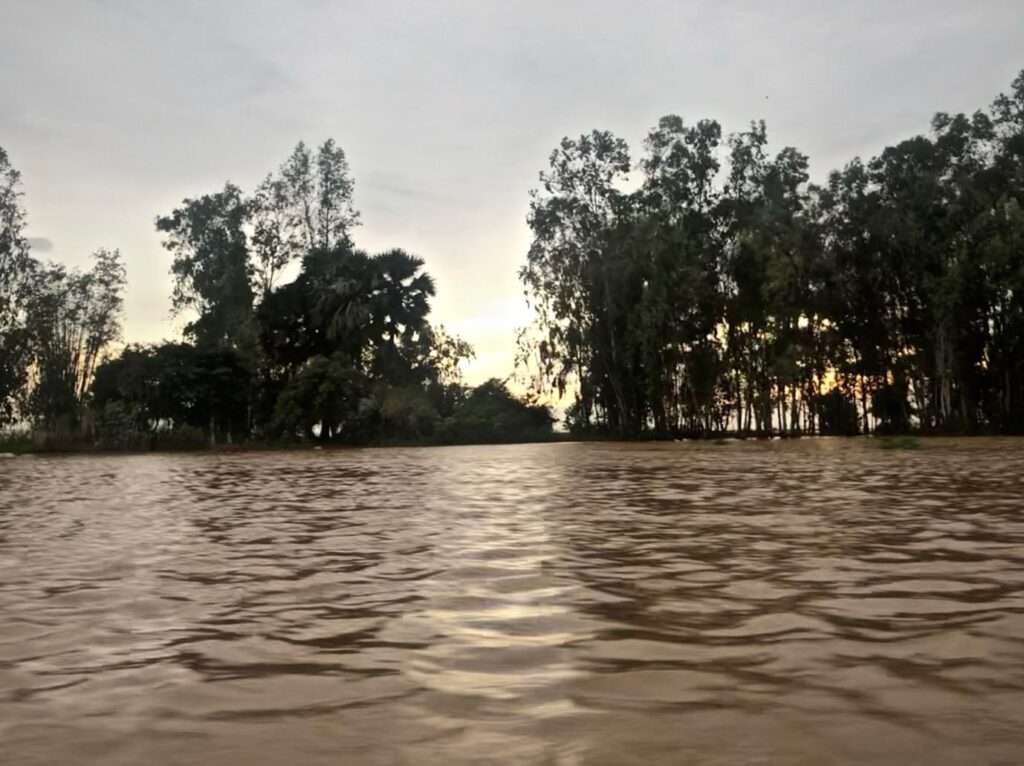
In addition to the lack of resiliency, a predominance of Cambodians also suffer from water scarcity.
With only 11% of households being connected to sewage networking, sanitation remains a major issue for Cambodia as a frontier for development.
Only 24% of the population have access to a safely managed water supply, while piped water and wastewater infrastructure deficiencies still remain a problem for many parts of present day Cambodia.
How Water Issues Impact The Women Of Cambodia
The lack of water sanitation systems places a disproportionate impact on women and girls.
As Cambodia is currently experiencing a gender gap, the majority of home-makers, whom are women are considered as the principle users of the household facilities.
Most importantly, this means that many women suffer from not having any facilities for basic cleaning and nutritional purposes.
The Sustainable Development Goals
The sustainable Development Goals (SDGs) are a set of goals that have been specially adapted for Cambodia to assist in targeting areas of disparity where it’s most severe and critical to the country.
The biggest take-away of the SDG’s is to provide universal development that is non-discriminatory. The SDG makes direct mention to providing universal water supply and sanitation. The goal is to continue the progress of the Millennium Development Goals (MDGs), which were completed successfully by Cambodia in 2015.
Cambodia wishes to attain the SDG goals of universal accessibility by 2030.
Conclusion
In relation to an earlier made point that Cambodia is a rapidly expanding and growing country, the administration and human capital faculty is bound to be exhausted and stretched out. This, coupled with rising sea levels places many Cambodians in a risky, hazardous and overall dangerous position.
There is a lot of work to do for Cambodia if it wishes to not only escape potentially threatening prospects, but more so being able to sustain development rates that it has consistently been able to capture at such high volumes in the recent decades.
Having made successful communication, Membracon are looking to visit Cambodia in the near future. With further dialogue, conversations around strategy and vision will take place.
There is a strong ambition for Cambodia to continue to rise through the ashes, and Membracon wish to support Cambodia’s journey towards providing universal water supply and sanitation as a part of the SDG target for the next decade.









